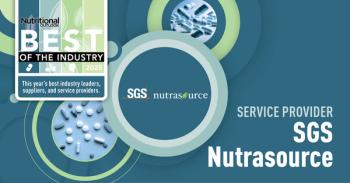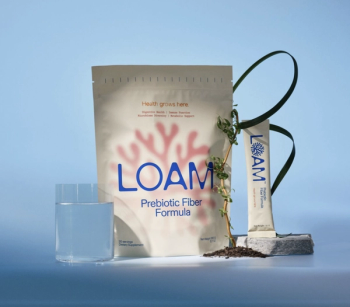
Slow Growth for Food and Beverage Sales, Says Report
Food and beverage retail sales saw only 2% growth in 2010, reaching $560 billion, according to a new Packaged Facts report.
Food and beverage retail sales saw only 2% growth in 2010, reaching $560 billion, according to a new Packaged Facts report, The Future of Food Retailing in the U.S., 3rd edition. Packaged Facts estimates that sales will grow at 5% annually over the next five years, to reach $698 billion in 2015.
Consumers continue to search for a high value proposition in their food and beverage purchases, even in a recovering economy. “The value focus remains tied to the nation’s economic fortunes,” said Don Montuori, publisher. “As long as unemployment remains high, the likeliest scenario for the retail industry…will be slow growth, and value will continue to be a prime motivator behind consumers’ food and beverage purchases.”
Breaking down food and beverage sales by channel, the report notes traditional grocery channel (57%), value channels (26%), convenience channels (14%), and alternative channels such as drugstores and vending machines (3%). The leading retailer is Walmart, which saw an estimated $62 billion in food and beverage sales last year.
Price remains a crucial determinant, but other value criteria include quality and perceived benefits such as nutrition and health. “As a result, consumers may be willing to pay premium prices if the products offer the benefits shoppers deem worthwhile,” the report states.
To compete, companies are adjusting marketing strategies, including SKU reduction, price wars, and “tweaking” private-label offerings.
Newsletter
From ingredient science to consumer trends, get the intel you need to stay competitive in the nutrition space—subscribe now to Nutritional Outlook.





